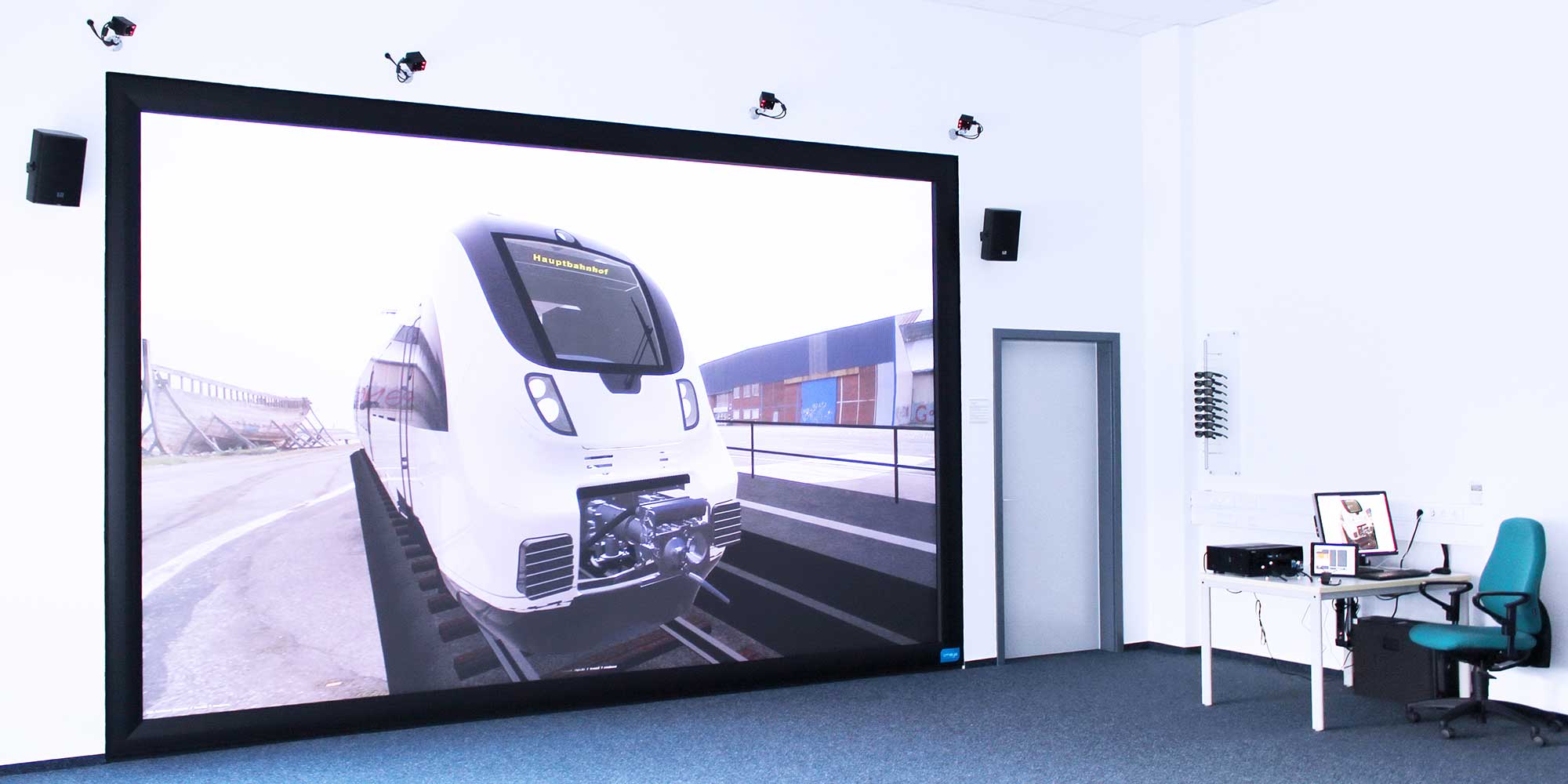Quad Buffer / PowerWall
Pixyz Review can be used on VR immersive device such as Powerwalls (stereoscopic screens).
Requirements : Only one rendering node (no cluster), ART optical tracking system only, nVIdia Quadro GPU for stereoscopy.

How to set up Quadbuffer ?
FastLaunch : Reduce drastically the time to "Enter VR" but disable all grabbable and laser interactions with the scene.
SpawnPoint : Refer to "Define SpawnPoint"
Configuration of Quadbuffer :
Motion System : If you're using an ART Tracking system, select D Track, otherwise select none.
NOTE If "None" is selected, you'll have the possibility to navigate with the mouse in the "Orbit Camera" mode
GlassesID : ID/number of your ART glasses body (head)
ScreenResolution Width & Height (in pixels) : Resolution of targeted Powerwall.
ScreenLeftBottomCorner , Rightbottom & LeftTop : The corners of the PowerWall's screen must be placed, taking the 0 of the tracking system as 0.0.0 (X, Y, Z). The unit is mm.
- The X corresponds to the width of the screen, with 0 as its center.
- The Y normally corresponds to the height (your ART system must also be calibrated in Y up).
- The Z corresponds to the distance between the screen and the ART calibration origin.
IPD : Inter-ocular distance. 65 is the average. It has to be between 62 and 68 roughly
HeadPosition : This is where we want to place the sight when the tracking of the glasses is lost.
Calibrate Screen : Please disregard these option
Devices available for navigation
In QuadBuffer, you can use either a flystick, or a joypad to control the navigation.